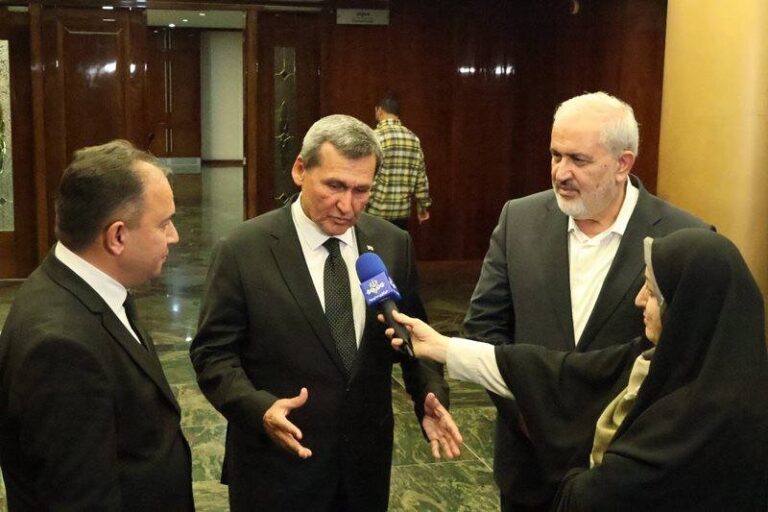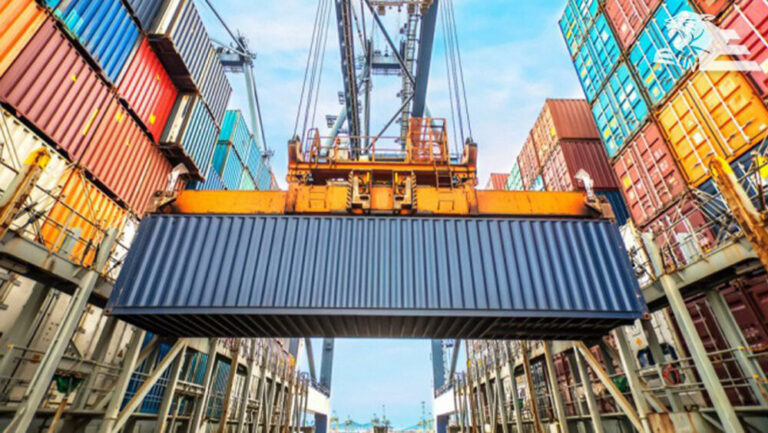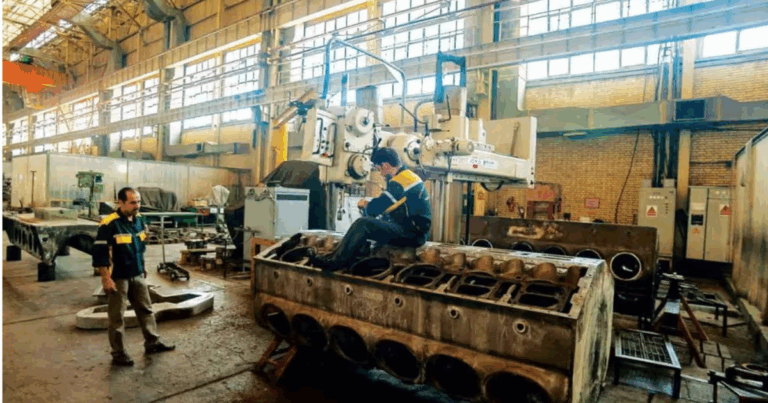
Similar Posts

Iran Sees 14% Surge in Exports to Russia Over Nine Months, Reports IRICA
Iran’s non-oil exports to Russia have surged this year, driven by a preferential trade agreement with the Russia-led Eurasian Economic Union and strengthened political ties amid Western sanctions. From March to December, Iran exported about 1.056 million metric tons to Russia, valued at $803 million, marking a 14% increase in export value year-on-year. However, Iran faced a trade deficit of nearly $300 million during this period due to higher imports. Main exports included bell peppers, which rose by 175%, while raw gold comprised Russia’s major export to Iran. Future free trade agreements may further enhance this growing economic partnership.

Iran and Turkmenistan Join Forces to Launch 3rd Power Transmission Line: A New Era of Energy Collaboration!
Iran and Turkmenistan have made strides in energy cooperation during a diplomatic meeting focused on the Mashhad–Marv electricity transmission line. Key figures, including Iran’s Minister of Energy and Turkmenistan’s Foreign Minister, emphasized the urgent need to complete the project, which aims to strengthen bilateral relations in energy and water management. The discussions highlighted historical ties and outlined a roadmap for future collaboration. Both nations expressed a commitment to enhancing cooperation beyond energy, addressing critical areas such as water resource management. This renewed focus on the transmission line signifies a positive development in regional partnerships, essential for sustainable growth.

Iran Set to Revive Offshore Oil Exploration After Six-Year Hiatus
Iran plans to resume offshore oil and gas exploration after a six-year hiatus, driven by competition from regional neighbors like Saudi Arabia and the UAE, who have made significant discoveries. The National Iranian Oil Company announced the signing of a contract for an offshore exploration rig, with operations expected to start by 2025. However, Iran faces challenges, including a shortage of operational rigs, financial constraints due to US sanctions, and the high costs of offshore drilling. Currently, Iran lags behind neighboring countries in production, particularly in shared fields, where it extracts significantly less oil and gas compared to its competitors.

Iran Achieves Impressive $86 Million Trade Surplus by Late April
Recent data from the Islamic Republic of Iran Customs Administration (IRICA) indicates a shift in Iran’s foreign trade, with total trade reaching $5.798 billion and 10.756 million metric tons in shipments as of April 20. Compared to April 2024, there was a 3% decline in trade value and a 12% drop in volume. Exports rose by 8% to $2.942 billion, while imports fell by 2.3% to $2.856 billion, contributing to a significant trade deficit of $14.6 billion. Notably, non-oil exports, especially petrochemicals, showed strength, even amid overall economic challenges. The surge in gold imports reached $583 million in April.

Iran’s Controversial Move: Shielding Industry from Blackouts While Burdening Public Amid Rising Discontent
Iran is facing an escalating electricity crisis, prompting the government to prioritize power supply to industries over residential needs to avert economic collapse. With a peak-hour electricity deficit of 20,000 megawatts, severe outages are frequent due to high summer temperatures and low water levels in hydropower dams. The decision, while aimed at protecting critical manufacturing sectors, has led to widespread public dissatisfaction as daily life is disrupted by blackouts affecting essential services. Experts attribute the crisis to decades of mismanagement, with calls for significant investment and improvements in energy infrastructure to resolve the situation long-term.
